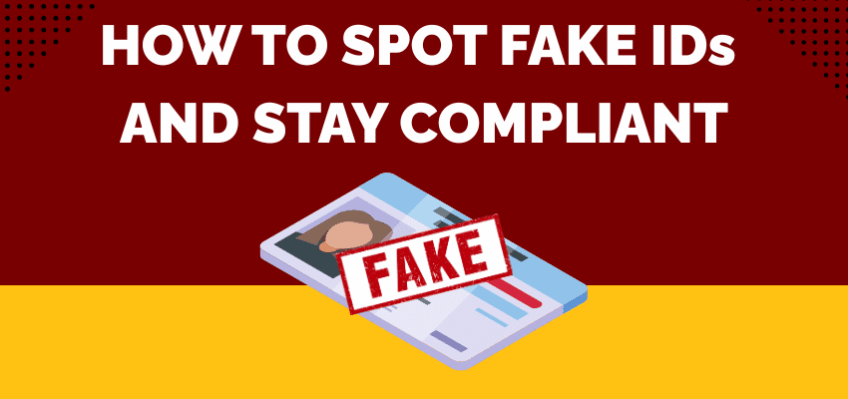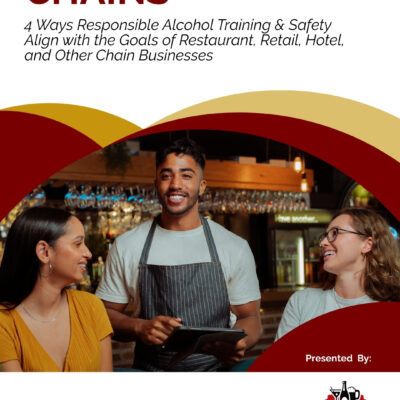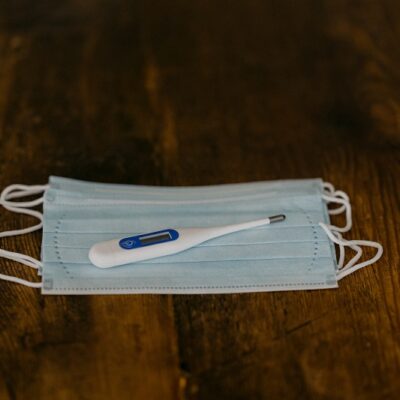In the hospitality industry, bartenders, servers, and anyone responsible for alcohol service must identify fake IDs. Ensuring that alcohol is served only to individuals of legal drinking age protects your establishment from hefty fines and liability and reinforces your commitment to responsible service. At Serving Alcohol, we empower bartenders and retail clerks with the expertise to excel in their roles. This guide offers fake ID bartending tips and actionable advice to help you stay compliant.
Why Spotting Fake IDs Matters
A fake ID is a falsified or altered identification document, typically used to misrepresent one’s age, identity, or other personal details. Fake IDs are often used by individuals under the legal age to purchase alcohol, gain access to age-restricted venues, or engage in other activities that require age verification. Simply getting a fake ID from a different country is considered a felony since it’s a severe form of forgery and fraud. In today’s world, the importance of identifying fake IDs cannot be overstated, especially for businesses involved in the sale of alcohol. The ramifications of serving alcohol to a minor can be severe, impacting not only individual employees but also the establishment as a whole.
Consequences of Serving Alcohol to Minors
One of the most critical reasons to be vigilant in identifying fake IDs is the legal consequences that can arise from serving alcohol to underage individuals. The penalties for such violations can be both severe and varied, including:
- Hefty Fines: Many states impose significant financial penalties on businesses caught serving alcohol to minors, which can damage smaller establishments and strain larger ones. In Michigan, individuals who are not retail licensees (or their employees) and furnish alcohol to minors may face misdemeanor charges with a fine of up to $1,000 and/or imprisonment for up to 60 days.
- License Suspensions: Liquor licenses may be suspended, revoking the establishment’s ability to serve alcohol for some time. License suspensions can lead to a loss of revenue and customer trust. Establishments in California, Michigan, New Jersey, and Texas can expect a license suspension if the business continually presents a risk to the community by selling alcohol to minors.
- Criminal Charges: In some cases, individuals responsible for serving alcohol to minors may face criminal charges, leading to legal trouble and potentially damaging their professional reputations. These risks highlight the importance of thorough ID verification and the need for staff fake ID training to recognize genuine identification documents. In Michigan, if the consumption of the provided alcohol directly leads to a minor’s death, the individual responsible can face a felony charge with penalties of up to 10 years imprisonment and fines up to $5,000.
Protect Your Business
Serving alcohol responsibly is not just about compliance—it’s also about maintaining a positive business reputation. Liquor license violations can tarnish an establishment’s image, leading to a loss of customer confidence and a decline in patronage. A single incident of underage service can spread quickly in the community, deterring potential customers who may feel unsafe or unwelcome. A damaged reputation can lead to a decline in sales. As customers choose to go elsewhere for their social needs, the financial impact can be long-lasting and detrimental to the business.
Staying Compliant
Compliance with state laws regarding alcohol service is non-negotiable. Not only is it a legal obligation, but it also serves to protect the business from potential risks:
- Legal Requirement: Businesses can avoid fines, penalties, and legal repercussions from violations by adhering to state and local regulations.
- Protecting Your Business: Establishing a culture of compliance within your team helps ensure that every staff member understands the importance of ID verification and alcohol service protocols.
- Long-term Success: Responsible alcohol service fosters a safe environment for patrons, encouraging repeat business and loyalty, ultimately contributing to the establishment’s longevity and success.
False ID Statistics
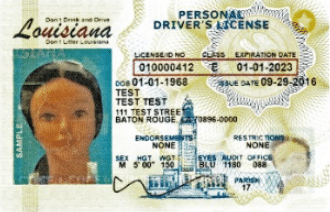
Fake IDs are a significant concern in the United States, particularly among young adults seeking access to age-restricted products and venues. Understanding the prevalence and impact of counterfeit ID usage is crucial for businesses, policymakers, and law enforcement agencies.
Did You Know?
Nearly half (45%) of U.S. adults aged 18-25 report knowing someone who has successfully used a fake ID to access age-restricted products or venues. Additionally, 30% have considered or purchased a fake ID. (Scandit)
Texas and South Carolina have some of the highest frequencies of false IDs being used and detected in the United States. (IDScan)
A substantial number (83.1%) of college students use fake IDs to buy alcohol. (SCIEPUB)
A 2024 survey reported that 71% of respondents believe obtaining a fake ID is ‘somewhat easy’ or ‘very easy.’ (Scandit)
Liquor stores experience 56% of fake ID users attempting liquor store purchases. (Scandit)
Common inconsistencies in fake IDs include incorrect height (31%) and mismatched eye color (22%). The most frequently fabricated age is 23 years old. (IDScan)
In the summer, bars and nightclubs experience higher incidences of fake ID usage. (IDScan)
Boston, New York City, and Los Angeles are often seen as having higher rates of fake IDs. (Signzy)
Types of Fake IDs
Fake IDs come in various forms, depending on the method of fabrication or alteration. Here are the main types of counterfeit IDs commonly encountered, particularly in the hospitality industry:
- Altered IDs: Real IDs that have been tampered with to change specific information, such as the date of birth or name.
- Borrowed or Stolen IDs: Genuine IDs borrowed from or stolen from someone of legal age and used by someone else.
- Forged or Counterfeit IDs: Completely fake IDs created from scratch using fraudulent methods.
- Novelty IDs: Fake IDs are intended for entertainment or novelty purposes but are sometimes used illegally.
- Scanned and Reprinted IDs: A legitimate ID scanned, digitally altered, and then reprinted.
- International or Out-of-State Fake IDs: IDs from another country or state that are fake but designed to look real.
- Digital Fake IDs: IDs created for digital platforms, often used for accessing age-restricted apps or services.
How to Tell if an ID is Fake
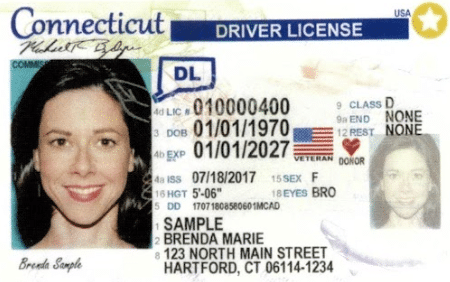
The FEAR method of checking IDs is a practical tool widely used in the hospitality and retail industries to detect fraudulent or underage identification. The technique emphasizes four critical steps to ensure the authenticity of an ID and prevent illegal sales or services. However, the specific origin of the FEAR acronym is not attributed to a single person or organization; it has been developed as a training tool by compliance professionals and law enforcement agencies to simplify ID-checking procedures.
What Does FEAR Stand For?
F - Feel the ID:
- Check the texture and thickness of the ID.
- Look for irregularities such as bumps, ridges, or edges indicating tampering.
- Ensure the ID feels durable, as legitimate IDs are typically made from high-quality materials.
E - Examine the ID:
- Inspect the ID under good lighting to verify security features like holograms, UV printing, and microtext.
- Look for inconsistencies in font size, spacing, or alignment.
- Confirm the photo matches the person presenting the ID.
- Most states mention alcohol or drug restrictions on the back of the ID.
A - Ask Questions:
- Ask the individual for information on the ID. Simple questions are often the best, such as what your zip code is, what county you live in, and what year you graduated.
- Observe their reaction for hesitation or nervousness, which might indicate deception.
- Hesitation is a clear sign that the person is unsure or uncertain.
R - Return the ID:
- If the ID passes all checks, return it courteously.
- If it appears fraudulent, follow your establishment’s policy, which may involve refusing service or notifying law enforcement.
Fake ID Best Practices for Servers and Bartenders
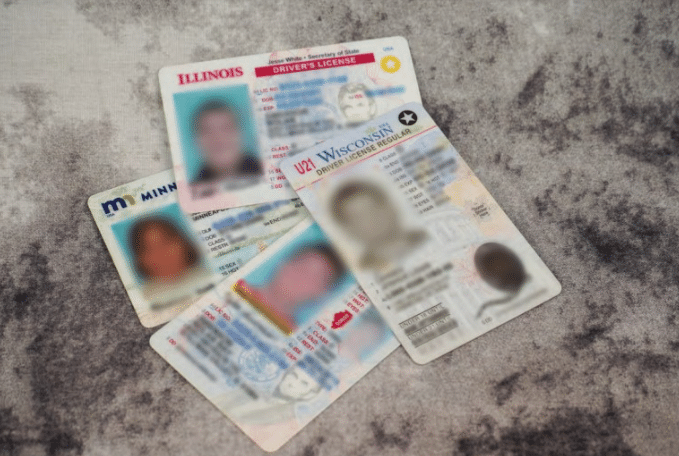
Best Practice 1: Regular Training
Keeping up with the latest techniques for spotting fake IDs is essential in today’s rapidly evolving landscape of identification fraud. Regular fake ID training through Responsible Alcohol Seller-Server programs (such as the ones provided by Serving Alcohol) equips staff with the necessary knowledge and skills to identify fake IDs effectively. This ongoing education ensures that all employees are familiar with the most current trends in ID fabrication and the various methods that underage individuals might use to bypass age verification systems. By investing time in regular training sessions, establishments can maintain a vigilant and knowledgeable workforce that prioritizes compliance and customer safety.
Best Practice 2: Know Your State Laws
Anyone in the hospitality or retail sectors must understand state-specific ID formats and legal requirements. Each state has its unique identification system, and knowing the specific characteristics, such as design, security features, and information layout, is key to identifying fraudulent documents. This knowledge minimizes the risk of accepting invalid forms of ID and helps businesses avoid potential legal repercussions. Awareness of state laws also aids employees in confidently engaging with customers regarding identification checks, fostering a culture of accountability and responsibility. If you are unsure of what to do, it’s best to contact the non-emergency line of your local police department and ask them what they want you to do.
Best Practice 3: Document Suspicious Activity
Maintaining detailed records of suspected fake ID incidents is vital. Employees should be trained to notice and document specific details, such as the time, location, and descriptions of the individuals involved in suspicious activities. This information can be used to identify patterns or repeat offenders and should be reported to management or the appropriate authorities promptly. Keeping comprehensive records not only supports the establishment in enhancing its security measures but also protects the business from liability issues related to underage alcohol service.
Best Practice 4: Use Technology

Investing in modern ID scanning technology can dramatically improve accuracy and efficiency in verifying identification. ID scanners allow staff to quickly confirm the authenticity of documents by reading barcodes or magnetic strips, significantly reducing human error. ID scanning technology complements visual checks by providing an additional layer of security. With real-time access to databases and alerts for invalid IDs, establishments can significantly enhance their operational procedures and maintain compliance with regulations while ensuring a safe environment for all patrons.
Best Practice 5: Have a Clear Policy
Establishing a written policy for handling fake IDs is crucial for ensuring consistency and compliance across all levels of staff. This policy should outline procedures for checking identification, what to do in cases of suspected fake IDs, guidelines for confiscation, and steps for reporting incidents. With clear procedures, businesses can create a uniform approach that empowers employees to act confidently and decisively. It also reinforces the establishment’s commitment to responsible service and serves as a valuable resource for training new employees on company protocols regarding age verification.
Best Practice 6: Misplaced Trust in Real IDs
A Real ID doesn’t equal legal age! A real, government-issued ID (like a driver’s license or passport) might pass authenticity checks for travel purposes, but still belong to someone underage—for example, a 19-year-old using a valid driver’s license to attempt an alcohol purchase. Just because an ID is “real” doesn’t mean it has been checked for age restrictions specific to alcohol sales. Hospitality staff must go beyond basic authenticity and verify age details.
Best Practice 7: Take Your Time
Modern statistics reveal that the average security professional spends only 10 to 15 seconds examining an ID. While this quick scanning can enhance business turnover and keep lines moving, it raises concerns about the thoroughness and effectiveness of identity verification. In environments where security is paramount, such as bars, clubs, events, or restricted areas, the rapid assessment of an ID can lead to critical oversights. Taking the time for a comprehensive ID check can protect the establishment and its patrons from potential risks.
Best Practice 8: Establish Intent
One effective way to ensure compliance with legal age restrictions is by asking patrons, “Are you 21 and do you intend to drink tonight?” during the ID verification process. This approach serves several purposes. First, it reinforces the seriousness of checking IDs and clarifies that the establishment is committed to adhering to legal age requirements. Secondly, it engages the patron in a conversation, allowing them to feel more involved in the process rather than just presenting their ID. Additionally, this question can serve as a deterrent against potential underage drinking. Suppose a younger individual knows they will be directly questioned about their intentions regarding alcohol consumption. In that case, it may discourage them from using a fake ID or otherwise circumventing the law.
Common Myths About Spotting Fake IDs
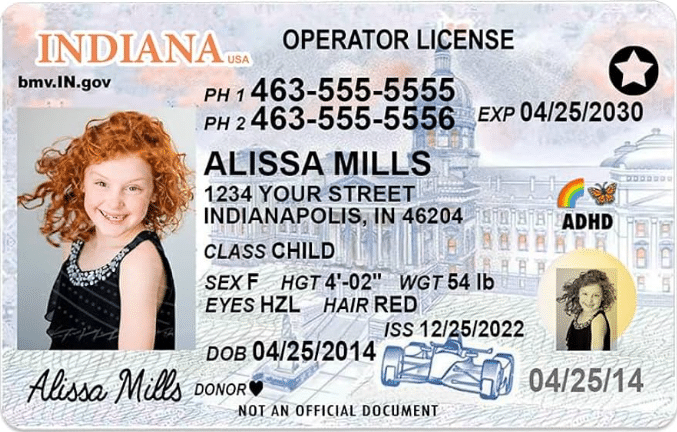
While many bartenders and servers believe they know how to identify a fake ID, there are persistent myths that can lead to mistakes. Understanding and debunking these myths is essential for ensuring responsible alcohol service and compliance.
Myth 1: If it scans, it’s Real
Reality: Many high-quality fake IDs are designed to pass scanner checks. While ID scanners are helpful, they only verify that the barcode or magnetic stripe contains valid information—they do not confirm if the ID itself is authentic. Always pair scanning with a visual and tactile inspection.
Myth 2: Minors Don’t Attempt Complex Fakes
- Reality: Modern technology makes it easy for minors to obtain sophisticated counterfeit IDs. Many fake IDs today mimic security features like holograms, microprinting, and UV elements. Always treat every ID with scrutiny, regardless of the person’s demeanor or confidence.
Myth 3: Fake IDs Are Easy to Spot
Reality: Many fake IDs are difficult to detect without proper training. Fraudsters often replicate fonts, layouts, and other features with precision. Knowing the specific security features of state-issued IDs is essential to spotting discrepancies.
Myth 4: Only Out-of-State IDs Are Fake
- Reality: While out-of-state IDs might draw suspicion, fake IDs are often made to match local state designs. To avoid overlooking a counterfeit, bartenders and servers must be familiar with the security features of IDs from multiple states.
Jennifer Pisarski, Vice President of Product Management: “At Serving Alcohol, we like to build training products that focus on not only the state in which the business resides but also any states that are touching, since it’s likely to see an increase in the frequency of short-haul visitors.”
Myth 5: Refusing Service to Someone with a Fake ID Is Always Enough
- Reality: In some states, bartenders and bar owners have legal obligations to confiscate fake IDs or report them to law enforcement. Simply refusing service might not fulfill your legal responsibility, so knowing your state laws and your establishment’s policies is essential.
Myth 6: Physical Appearance Always Matches the ID
- Reality: Fraudsters might use real IDs borrowed from someone who looks similar to them. The reality is known as “ID sharing.” Always check other details like height, weight, and birthdate, and ask questions to confirm the information matches the person presenting it.
Myth 7: Spotting a Fake ID is Entirely Up to the Bartender
- Reality: While bartenders and servers are on the front lines, establishments should provide tools, training, and clear policies to support their staff. Using technology like ID scanners and implementing robust procedures can help ensure compliance.
Myth 8: Once You’ve Learned to Spot Fake IDs, You’re Set
Reality: Counterfeit techniques evolve constantly, and state-issued IDs undergo updates. Ongoing training and awareness are essential to stay ahead of new trends in fake ID production.
Myth 9: Fake IDs Are Only a Problem for Bars and Nightclubs
Reality: Fake IDs are also a concern for liquor stores, restaurants, and any establishment selling alcohol. Employees in these environments must be equally vigilant.
How Serving Alcohol Can Help
At Serving Alcohol, we’ve spent over 15 years training hospitality professionals to excel. Our courses include regularly updated content on checking IDs, identifying fake IDs, and managing liability.
Robert Pomplun, Founder: “At Serving Alcohol, our mission is to empower hospitality professionals with the tools they need to serve responsibly and confidently, protecting their businesses and communities.
Take the Next Step
Mastering the art of spotting fake IDs is more than just a skill—it’s a responsibility. Proper training safeguards your business and contributes to a safer and more responsible hospitality industry.
Learn (even!) more about checking for fake IDs in our Responsible Alcohol Seller-Server


